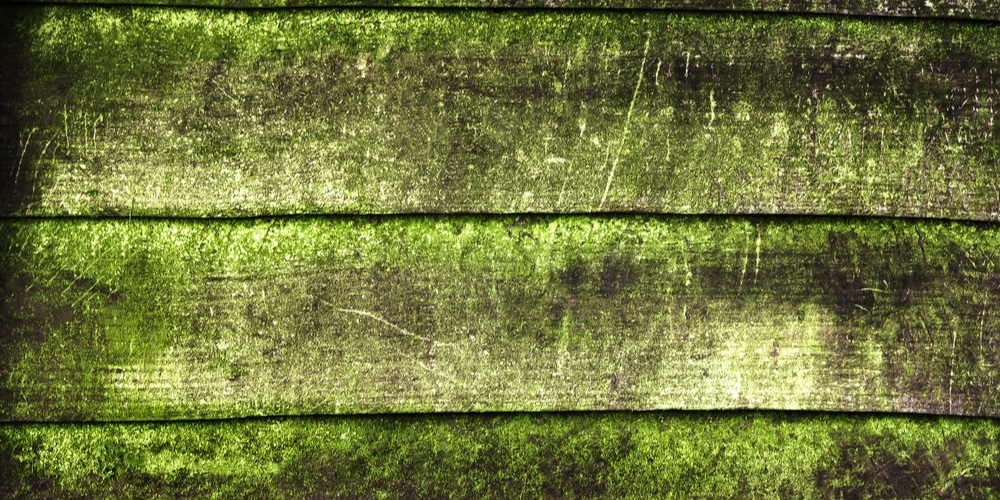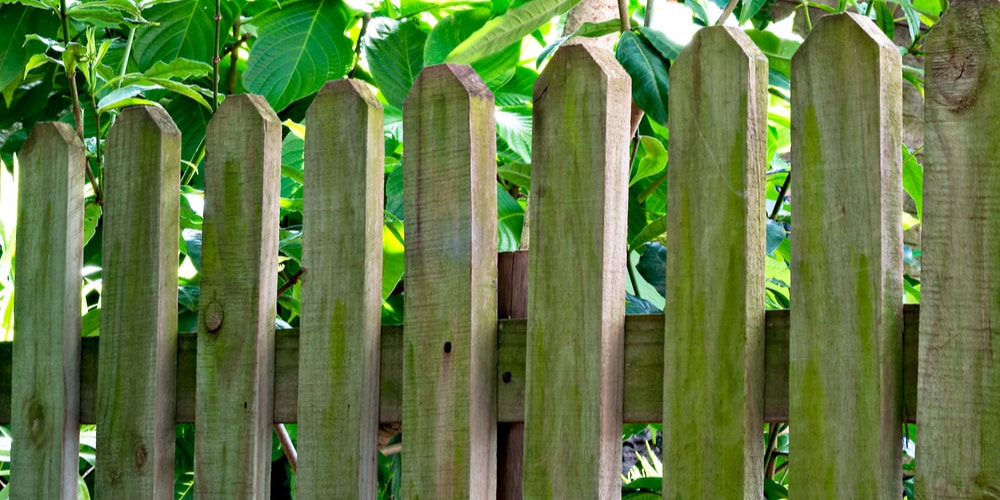When you own property, it is important to demarcate its boundaries. Fencing helps you create boundaries that will safeguard your garden and the entire home. While you will want to see the fence material remain firm and clean for a long time after fencing, green algae will likely grow on your fence, especially after a cold and humid season. You may be searching for algae on fence removal tips.
Well, if you have a wooden garden fence, you need to prepare to deal with algae. Algae is a green substance that damages fence appearance and the wooden material over time.
Every time you find it growing on your fence, you should consider removing it before it spreads. This post will cover a few tips for removing algae from a fence and also a step-by-step guide to cleaning algae growing on your fence.
Algae on Fence: Removal Tips
Algae appear innocent but can take a toll on the look of your wooden fence. If these pesky eukaryotic organisms have invaded your fence, you can get rid of them following a few simple steps.
Pressure washing is the simplest method for removing algae on fences. However, it works best if the infestation is small. If you notice algae when it has already advanced, you will need to consider other methods like mild bleach solution or commercial algae removers.
No matter the extent of the infestation, here are seven basic steps to guide you when washing algae out of your fence:
Step 1: Protect the nearby plants
Use plastic sheeting to cover any plants that are near the fence. Covering protects the plants from the bleach solution that you will be applying to the fence.
Step 2: Make the cleaning solution and prepare to wash
Take a definite measure of household bleach, depending on the size of the area you want to remove algae, and a double portion of warm water in a bucket and mix them well. Put on protective gear like rubber farm gloves and a gardening apron.
Step 3: Start scrubbing
Pick a scrubbing brush and dip it into the cleaning solution. Scrub the fence, removing the green algae to ensure no more algae spots on your fence.
Step 4: Allow the detergent to work for 30 minutes
After scrubbing, allow the bleach mixture to stay on the wooden fence for at least 30 minutes. The algae will start to fade, which indicates the time to take action. Rinse out the mixture completely using a garden hose. Ensure all spots are removed, and the bleach solution does not dry out on the fence.
Step 5: Pressure wash the fence
Take your pressure washer and set it on a lower setting, around 1500-2000 psi. Stand at a distance like ½ a meter from the fence, and begin pressure washing it. Move the sprayer swiftly and steadily without concentrating on one spot for a long time.
Step 6: Allow the fence to dry out
Once you are done cleaning off the algae and mildew, allow the fence time to dry off.
Step 7: Sand and paint the fence
If you find it necessary, you can sand the fence and apply a wood preservative on it using a paintbrush. A wood preservative will help prevent mildew and algae from growing again.
Remember the plants you had covered and remove the plastic sheeting since you are now done with cleaning the fence.
If you notice that some paint has faded after the cleaning process, you can always repaint the fence. At this time, you have the chance to pick a wonderful paint color that will make your fence appear unique. You can also choose a good-quality paint that may not fade out easily when washed.
Tips for removing algae from the fence
- Stand at a distance from the fence when cleaning with a pressure washer to avoid damaging the fence.
- Do not wash the fence during winter because the water may freeze due to cold temperatures, causing other issues.
- You can as well use algae and mold remover if you can’t get a bleach solution.
- Wear protective clothing before you start cleaning.
Algae on Fence Removal: Conclusion
Algae are natural evergreen plants that grow in damp areas. If you have a wooden fence, you can easily see algae growing on the fence, most likely after the cold seasons. Thankfully, removing algae on fences is such an easy process.
Related Article: How Do You Remove Moss From Trees?

